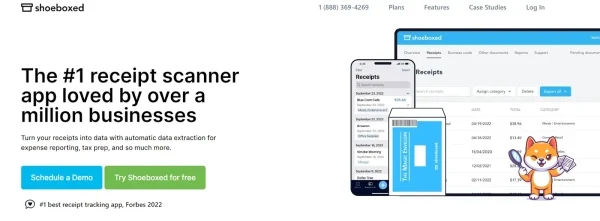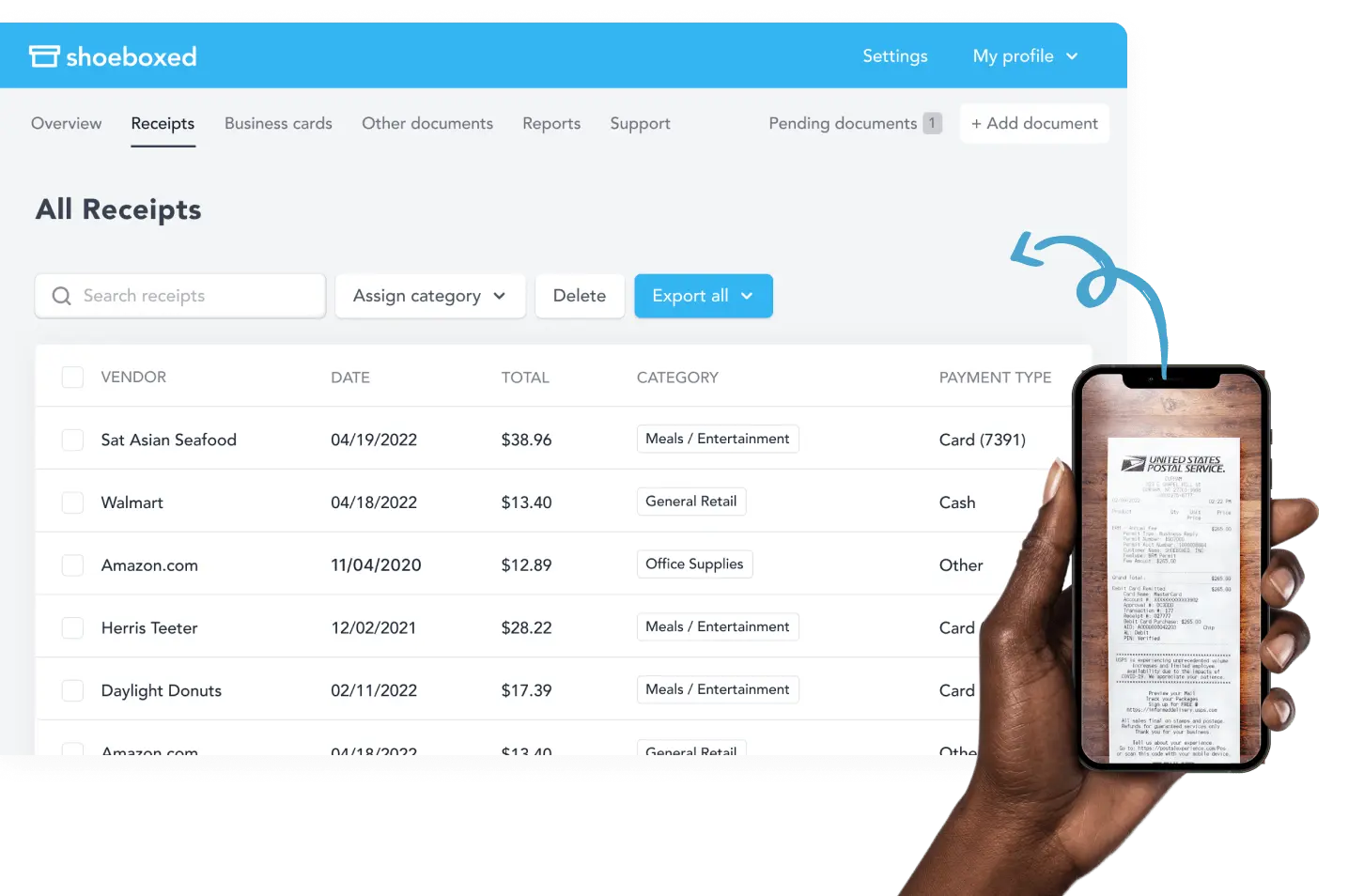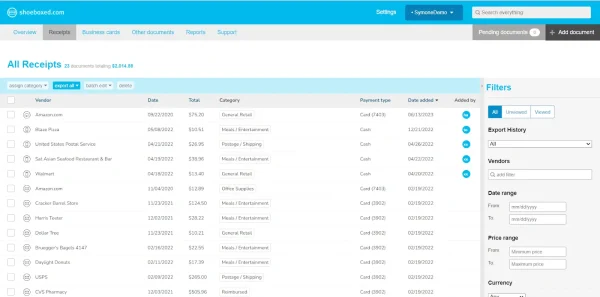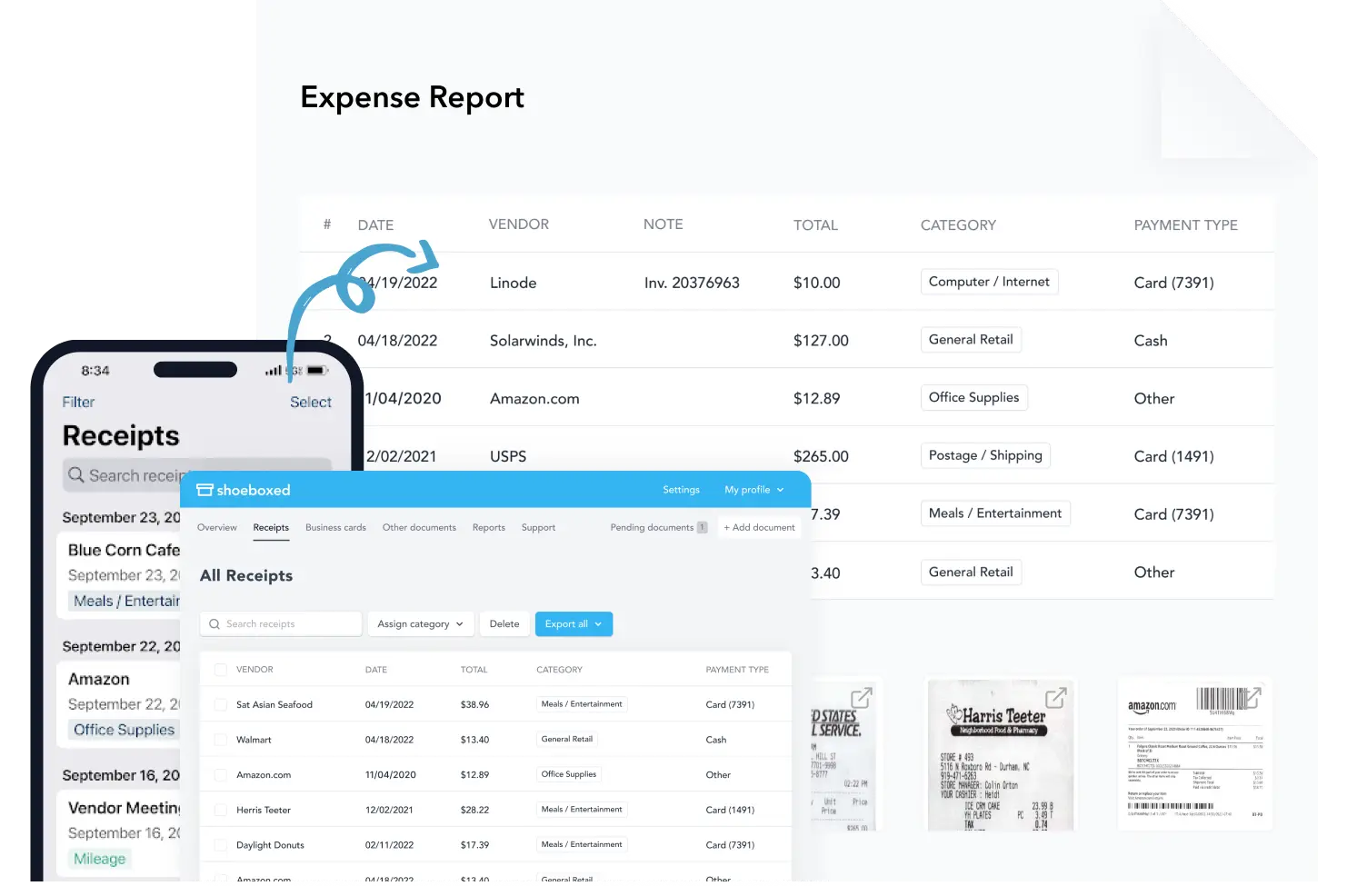Understanding church accounting is crucial as it helps you navigate the unique financial landscape of churches. To establish and maintain an effective accounting system, it's essential to comprehend the intricacies of church operations and have a basic understanding of accounting principles. Adhering to GAAP and IRS regulations is a must for accountants and bookkeepers to ensure compliance and accurately portray the church's financial status.
Churches, like other nonprofits and for-profits, are subject to tax codes. Most churches have a 501(c)(3) tax code, which means they must follow non-profit accounting standards and are exempt from federal income tax. This compliance ensures the community and congregation can trust in the church's financial health, transparency, and security.
What is church accounting?
Church accounting is the planning, organization, and recording of financial transactions within the church. Unlike for-profit businesses, churches don’t exist to make a profit. They exist to support a mission and programs for the community, so their accounting is a little different.
What accounting method do churches use?
Unlike for-profit businesses, churches focus on stewardship and accountability rather than profitability. This is why they employ fund accounting, which divides revenue into various categories based on designations, needs, uses, and church allocation. Fund accounting is a powerful tool that helps churches maintain transparency and accountability to their supporters and congregation.
What are the sources of revenue for churches?
Churches get revenue from different sources to support their mission(s). This support comes from the community and the congregation through:
Tithing
Gifts
Donations
Fundraising
Capital campaigns
Investments
Grants
Since these revenue streams come from the congregation and church supporters, they can have restrictions, meaning money must be spent on a specific project or activity the church leader or donor requests. That’s where the buckets come in. These restrictions become the buckets into which the money is divided.
All revenue generated by the church goes back into the church or is reinvested to promote the church’s mission. Even with this different approach to accounting, churches must follow the generally accepted accounting principles (GAAP) and comply with all IRS requirements.
How can you simplify bookkeeping for churches?
Churches can simplify their bookkeeping by automating or outsourcing their receipt and document management.
Shoeboxed

Shoeboxed has both an app and an outsourcing service.
Churches receive many receipts such as donation and contribution receipts, expense receipts, operational documents, financial documents, grants and funding documents, membership and donor records, program and ministry documents, legal and compliance documents, and other miscellaneous documents such as meeting minutes and correspondence.
Storing, filing, and organizing these documents can get out of hand.
Shoeboxed automatically extracts critical information from receipts, eliminating clutter, manual data entry, and reducing errors.
All receipts and documents are stored in the cloud, so they are accessible anywhere, which reduces the risk of losing important paperwork.
Mobile app

To digitize documents, church staff can take a photo of the receipt or document with their mobile device, and the app will scan and upload the data to your Shoeboxed account.
Magic Envelope service

Or if you want to outsource receipt and document management, Shoeboxed offers a free postage-paid Magic Envelope you can fill with receipts and mail to Shoeboxed’s processing center where their team will scan, human-verify and upload into your account.
Church staff can send a batch of receipts in a pre-paid Shoeboxed envelope for scanning and digitization and save time on processing.
Shoeboxed is the only receipt scanner app that will handle both your paper receipts and your digital receipts—saving customers up to 9.2 hours per week from manual data entry!
Lighten the Load✨
Learn How a Multi-Campus Church Reclaims 20 Hours a Month with the Shoeboxed App
Read the case studyOrganizes and categorizes

Once the document or receipt is uploaded, Shoeboxed automatically organizes and categorizes scanned items into tax or custom categories, such as donations, office supplies, etc.
It helps to organize and track expenses related to specific programs or events so you can budget and be accountable.
Receipts and documents become part of a searchable database so you can find information quickly.
Auto-categorization helps small churches track spending, manage budgets, save time, and reduce manual errors.
Stop doing manual data entry 🛑
Outsource receipt scanning to Shoeboxed’s scanning service and free up your time for good. Try free for 30 days!✨
Get Started TodayDonations and contributions tracking
Shoeboxed tracks and organizes donation receipts so you have accurate records for financial reporting and donor acknowledgment.
Detailed reporting

Shoeboxed generates fund accounting reports, such as expense reports, showing where the funds are coming from and being allocated. These reports give you insight into spending patterns to budget and analyze finances.
This is super helpful when filing a nonprofit tax return.
Integrates with accounting software

Seamless integration with accounting software like QuickBooks, Xero, and Wave so you can transfer and sync data easily.
Tax Preparation and compliance
Receipts are stored in a format accepted by the IRS, so tax prep is smoother and audit-proof.
Shoeboxed tracks deductible expenses so you don’t miss any eligible deductions.
It generates tax-friendly reports of deductible expenses so you can file taxes accurately and efficiently.
Organized records make responding to audits and inquiries from the tax authorities or donors easier.
*Free sub-users
With a Shoeboxed account, churches and nonprofit organizations can add unlimited free sub-users so staff members or volunteers can access Shoeboxed and collaborate on bookkeeping tasks.
Different levels of access and permissions can be set for each user so sensitive financial data is protected.
Shoeboxed can help with church bookkeeping by automating receipt management, expense tracking, and financial reporting. This means more accurate bookkeeping, better financial management, and a more efficient and transparent operation so staff can focus on their mission and community outreach.
Shoeboxed demo
What should you look for in church accounting software?
Church accounting software can make bookkeeping for churches much easier. Your church accounting software solution should revolve around the fund accounting system.
Other than being user-friendly, here are some things we recommend to look for in your church accounting software:
1. Fund accounting reporting tools
Ensure the software has templates for the unique reports used by churches, such as statements of financial position, functional expenses, and activities.
2. Budgeting tools
Make sure you have tools to save your budget from year to year and compare numbers to make projections for the future.
3. Grant management tools
Make sure your software allows you to allocate grant funds.
4. Contributions
Make sure the software can handle tithing, contributions, and fundraising events.
Church accounting best practices
Here are some tips to make managing the church accounting system easier.
1. Stay up to date on GAAP and IRS requirements
Financial professionals should have a good understanding of the generally accepted accounting principles and the IRS requirements. Both of these cover what is required of church organizations regarding the church accounting system and tax laws. These laws change yearly, so staying current on all annual updates is essential.
2. Delegate financial responsibilities
No matter the organization—even churches—there should always be some internal controls and safeguards to prevent fraud. If financial responsibilities are assigned to multiple people, then there’s an invisible sense of accountability among employees.
3. Create an annual budget
Every ministry needs a budget regardless of the size of the church. An operating budget should be created at the beginning of the year. This budget is not set in stone and can change throughout the year as needed. An annual budget is a roadmap for the church to stay on track, meet goals, and stay financially healthy.
4. Plan for the future
Make sure you have a financial plan that goes out years in the future. If you need to raise a certain amount of money, you can craft a fundraising plan or hire more staff so you don’t miss the opportunity to do so. Having a multi-year plan ensures financial stability for the church.
How is a church’s nonprofit accounting system different from a for-profit business?
The church has goals that are different from those of a for-profit business. Churches rely on donations to support their goal of benefiting their congregation and community, and any revenue generated goes back into the church to further the cause.
On the other hand, for-profits sell services or products to maximize profits for the owners. Since they have different goals, they have different bookkeeping practices. The bookkeeping method that works for one won’t work for the other.
These differences are apparent, especially in the financial statements.
1. Accountability vs. profitability
Nonprofits focused on accountability have different goals than organizations concentrated on profit. Since churches rely heavily on their donors, they must maintain the trust of their supporters. To keep this revenue stream, supporters must know their donations are being used correctly or as requested. For-profits are only accountable to the regulations governing their business and are out to make as much money as possible to subsidize the owners' income.
2. Multiple ledgers vs. general ledger
When a for-profit business sells a service, the revenue is added to a single general ledger, which records the company’s financial transactions and balances. Churches use multiple small ledgers based on restrictions, budgets, and allocations to track where the money is housed. These ledgers are eventually rolled up into a big chart of accounts.
3. Statement of financial position vs. balance sheet
For-profit balance sheets look similar to nonprofit statements of financial position. The balance sheet shows the for-profit’s assets, liabilities, and equity, while the statement of financial position shows the nonprofit’s liabilities, investments, and net assets. Since no one owns churches, there is no equity among stakeholders.
4. Statement of functional expenses
Nonprofits use the statement of functional expenses to help them understand their costs. The functional expense statement tells church members how they use the money for their organization. This allows churches to see how their funding is used to further their mission. Understanding the church’s expenses will help allocate future resources more realistically.
5. Statement of activities vs. income statement
A for-profit accounting system uses an income statement to show revenue earned during a specific period, while church accounting uses a statement of activities. The statement of activities shows the revenue, expenses, and net changes in church assets during a particular period. It shows how much money the church brought in and how it was used for activities to fulfill and further its mission.
Frequently asked questions
Can I use QuickBooks for churches?
Many accounting software solutions can do fund accounting. QuickBooks is a well-known bookkeeping software for church accounting. It has several bookkeeping software versions, each tailored to church and accounting needs.
How does church accounting work?
Church accounting involves recording expenses, tracking offerings, and tracking spending on projects and activities. The focus is not on profitability but on activities that support the congregation and society's members. That’s why their approach to accounting is accountability.
Cash or accrual accounting for churches?
Many smaller churches still use cash accounting since income and expenses are recorded when received and paid.
In conclusion
Accountability and transparency are the keywords when it comes to church bookkeeping. The goal is to see who is giving to the church and that the money is going where it was intended to go since its revenue is primarily from tithing, offerings, and donations.
Caryl Ramsey has years of experience assisting in bookkeeping, taxes, and customer service. She uses a variety of accounting software to set up client information, reconcile accounts, code expenses, run financial reports, and prepare tax returns. She is also experienced in setting up corporations with the State Corporation Commission and the IRS.
About Shoeboxed!
Shoeboxed is a receipt scanning service with receipt management software that supports multiple receipt capture methods: send, scan, upload, forward, and more!
You can stuff your receipts into one of our Magic Envelopes (prepaid postage within the US). Use our receipt tracker + receipt scanner app (iPhone, iPad, and Android) to snap a picture while on the go—auto-import receipts from Gmail. Or forward a receipt to your designated Shoeboxed email address.
Turn your receipts into data and deductibles with our expense reports, including IRS-accepted receipt images.
Join over 1 million businesses scanning & organizing receipts, creating expense reports, and more—with Shoeboxed.
Try Shoeboxed today!



